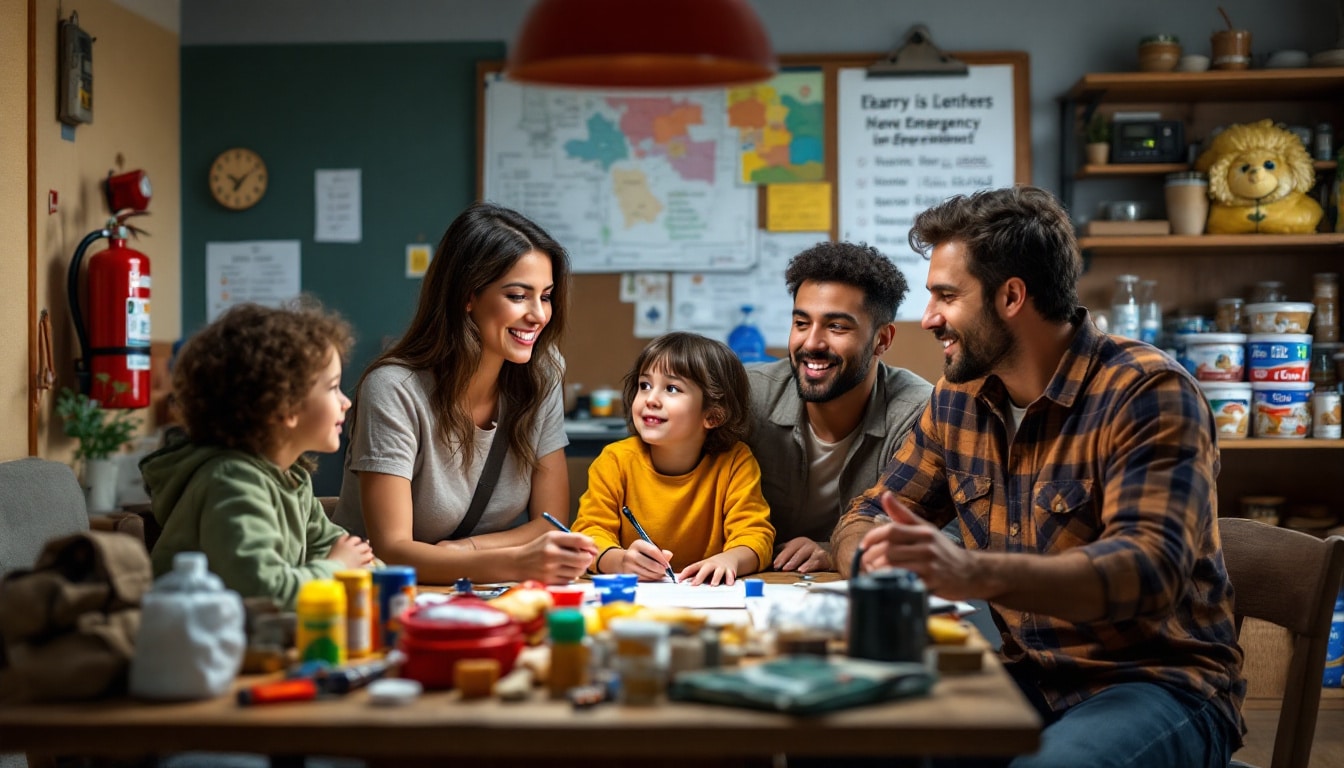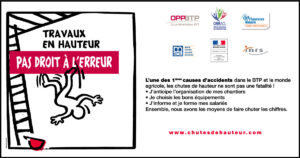In the face of life’s unforeseen events, adequate preparation can make all the difference. Before a disaster occurs, it is crucial to anticipate and organize an action plan. Whether it’s a fire, a flood, or another emergency, knowing how to react and having the necessary resources will help ensure your safety as well as that of your loved ones. Exploring the steps to take to ensure your protection might seem like a challenge, but every small action counts and strengthens your resilience in the face of uncertainty.

Anticipating a natural disaster is essential to ensure your safety and that of your loved ones. The first step involves conducting a risk assessment specific to your area. Indeed, a flood-prone area will require different measures compared to a zone prone to earthquakes. Educate yourself about past incidents and future forecasts to establish a clear picture of the situation. This will help you better understand the nature of the potential threats and their impacts on your daily life.
Next, apply this knowledge by establishing an emergency plan that includes evacuation routes, a meeting place, and essential contacts. This plan should be communicated to all family members, as good communication is key to overcoming the anxiety associated with emergencies. Additionally, it is wise to prepare an emergency kit containing water, non-perishable food, medications, and other supplies to survive for several days. Response times may vary depending on the disaster, hence the importance of these preparations.
Establishing essential resources for evacuation
In the event of an evacuation, it is crucial to have a bug-out bag ready to go. This should contain clothing and essential supplies for each family member. Also, be sure to include important documents such as insurance policies, birth certificates, and other administrative papers. Ensure they are stored in an accessible location, such as a fireproof safe, so you can quickly retrieve them when needed.
Raising awareness and training loved ones in safety practices
Training is another key aspect of preparation. Organize training exercises for you and your loved ones, where you can practice the actions to take in the event of a disaster. Learn about local rescue procedures as well as how alert systems operate. Teach your children how to react in an emergency and where to go for help. Preparing the community also enhances your own security, as these drills can enable everyone to respond better in a crisis.
In a world where disasters can occur at any moment, it is crucial to prepare methodically to ensure the safety of oneself and one’s loved ones. Planning is key to minimizing the risks and consequences of an emergency. It starts with identifying the potential risks in your area, whether they are natural, like floods or fires, or man-made. By being aware of what could happen, you can develop appropriate scenarios to deal with the situation.
Next, it is important to create an evacuation plan. This plan should be clear, accessible, and known to all family members. Establish meeting points and means of communication so that everyone knows what to do in an emergency. Additionally, consider assembling an emergency kit containing essential supplies, water, non-perishable food, medications, and important documents. This kit should be readily available and updated regularly.
Another crucial step is to maintain electronic copies of important documents. This will allow easy access to necessary information in case of need. You should also consider having an emergency fund to handle unexpected expenses related to a disaster. Finally, it is advisable to review your insurance policies to ensure you are adequately covered. Regularly monitoring your accounts and assets can make all the difference when a calamity strikes.
In short, actively preparing can be the difference between survival and loss in the face of an unforeseen event. Staying informed, organized, and proactive is your best asset when facing the challenges posed by disasters.










